11 Surprising Things in Your Yard That Could Be Drawing in Snakes
Many homeowners are surprised to learn that their yard may be more appealing to snakes than they think. Specific plants, clutter, and sources of food can all play a role in bringing them closer. The good news is that you can make changes that discourage their visits. Understanding these factors helps you manage your outdoor space with confidence. Continue reading to find out what could be attracting snakes near your home.
This post may contain affiliate links, which helps keep this content free. Please read our disclosure for more info.
Tall Grass and Weeds
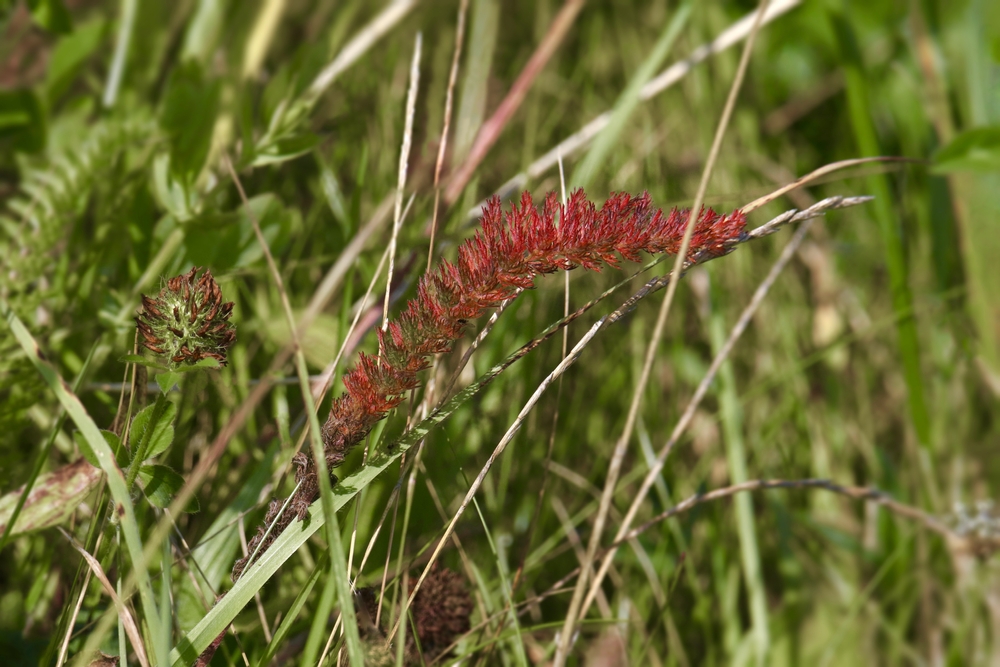
Tall grass and overgrown weeds create a perfect hiding place for snakes. They offer cool shade and protection from predators, making these spots attractive resting areas. The thicker the vegetation, the more secure snakes feel moving through it unnoticed. This type of cover is common along fence lines or in unmaintained corners of a yard.
Regular mowing and trimming can reduce snake activity in these areas. Keeping grass short removes the shelter they prefer. It also makes it easier to spot any snakes before they get too close to your home. A tidy lawn is less appealing to them and helps maintain a safer outdoor space.
Woodpiles
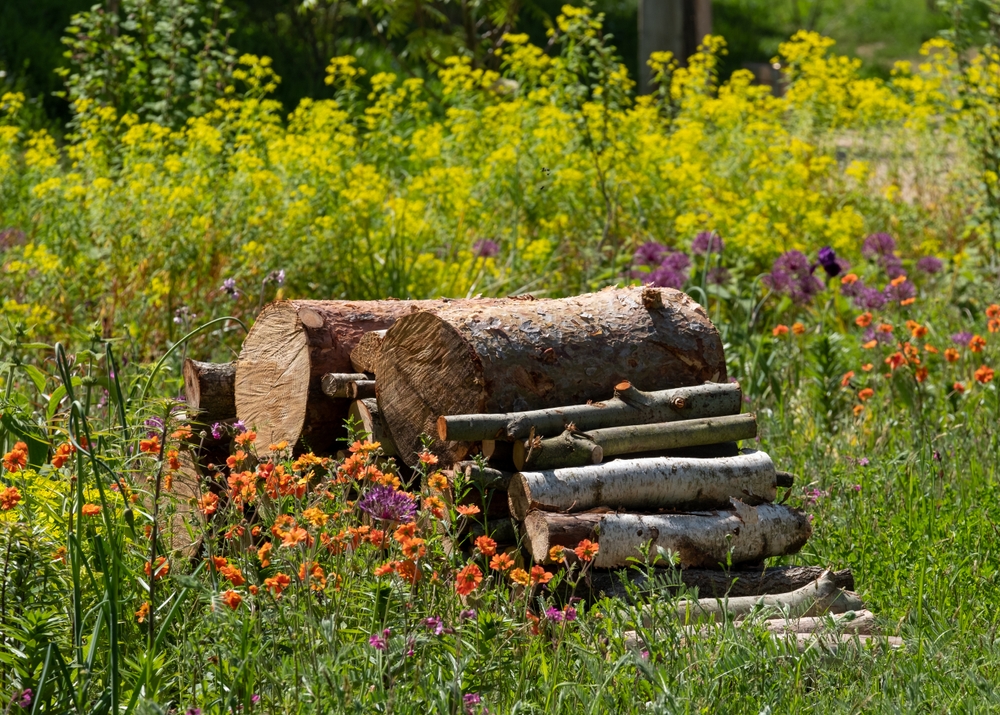
Stacked firewood provides a warm, dry shelter for snakes. The small gaps between logs mimic natural crevices where they can rest or hunt for prey. These piles often attract rodents as well, which are a food source for many snake species. Snakes can stay hidden for long periods without being noticed.
If you store wood outdoors, keep it raised off the ground and away from the house. Moving the pile frequently can discourage snakes from settling in. Storing wood in a shed or covered rack adds an extra layer of protection. This helps limit both rodent and snake activity near your home.
Leaf Litter and Mulch
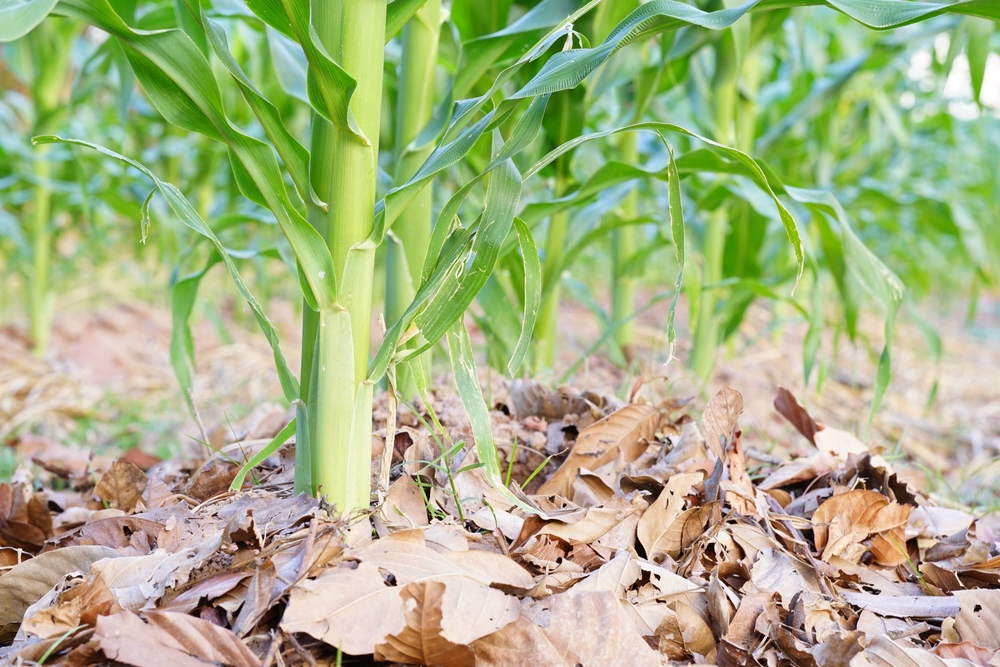
Thick layers of fallen leaves and mulch offer a cool, moist environment that snakes enjoy. These materials also shelter insects and small animals, providing food for snakes. The organic cover makes it harder to spot movement, allowing them to travel unseen. It can be especially inviting during hot weather when they seek cooler ground.
Clearing leaves regularly can make your yard less inviting to snakes. Using a thinner layer of mulch also helps reduce hiding spots. Consider raking leaves away from foundations, fences, and garden beds. This keeps the area more open and less comfortable for snakes to settle in.
Bird Feeders

Bird feeders may seem harmless, but spilled seeds attract rodents that snakes hunt. Mice and squirrels often gather under feeders, and snakes follow the food source. Over time, this can create a hunting ground for them in your yard. Even small snakes can find plenty to eat around a busy feeder.
Placing feeders farther from the house can reduce this risk. Regularly cleaning the ground beneath them removes leftover seed. You can also use trays or catchers to prevent spills. This limits rodent activity and lowers the chance of snakes visiting.
Garden Ponds
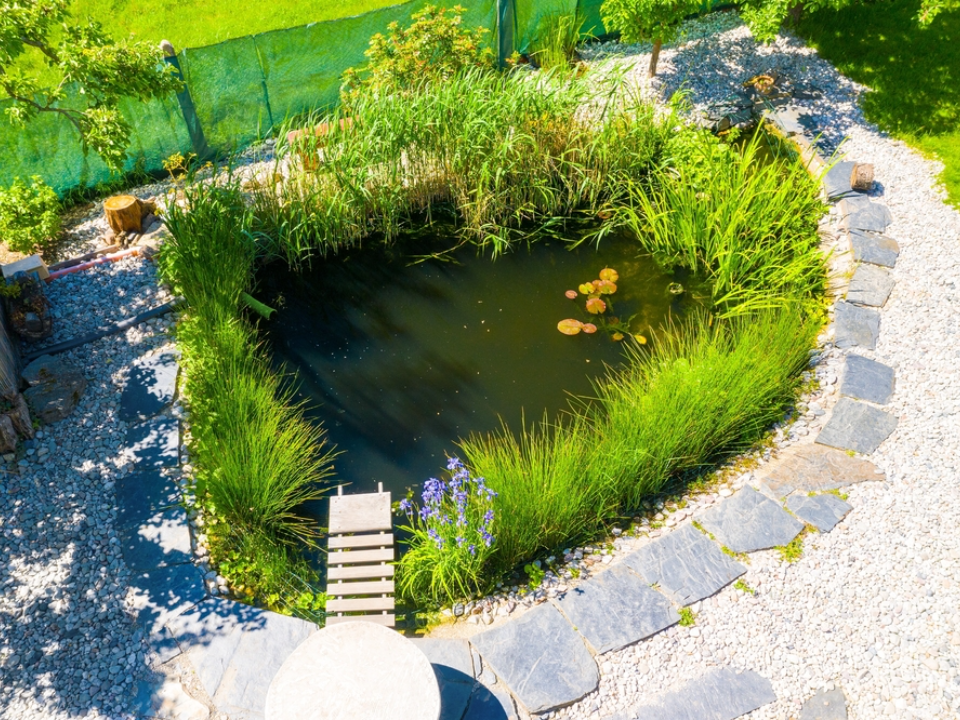
Garden ponds attract frogs, fish, and insects, all of which can draw snakes. The water also provides a cool place for snakes to drink or soak during hot weather. Overhanging plants and rocks give them cover for hunting. If the pond is near dense vegetation, it can become a prime spot for snake activity.
Trimming plants around the water can make the area less sheltered. Installing a pond barrier can also help keep snakes out. If you keep fish, a covered or netted pond is less inviting to predators. These steps can help maintain the pond without attracting unwanted visitors.
Compost Piles
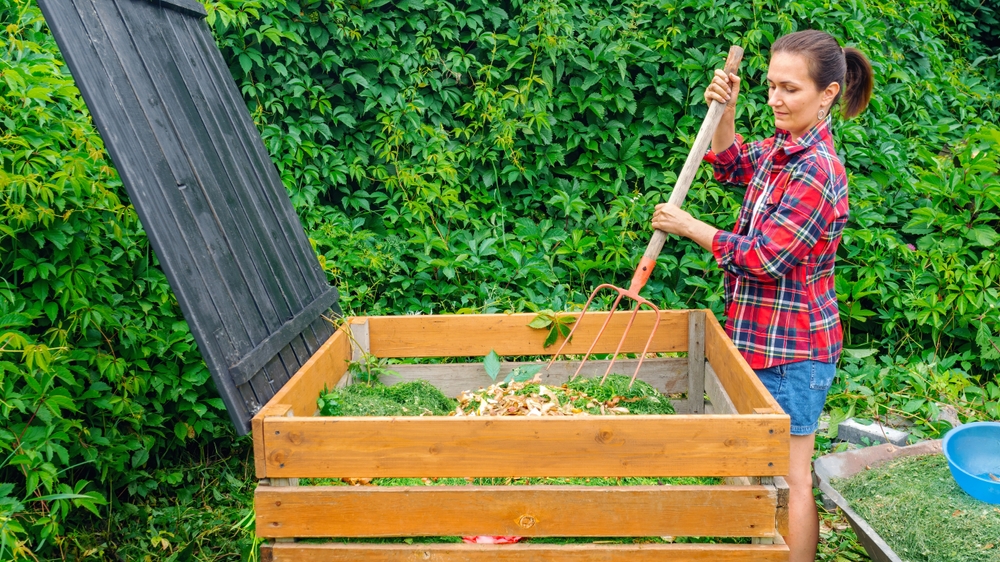
Compost piles generate heat and attract small animals, both of which can appeal to snakes. The decomposing material also holds moisture, creating a comfortable environment. Insects and worms found in compost may draw smaller snake species. If left unmanaged, these piles can become a hidden nesting area.
Turning the compost regularly makes it less attractive to snakes. Keeping the pile in a closed bin helps reduce access for both rodents and reptiles. Avoid placing compost near dense vegetation or structures. This makes it less likely that snakes will move in.
Dense Shrubs and Bushes
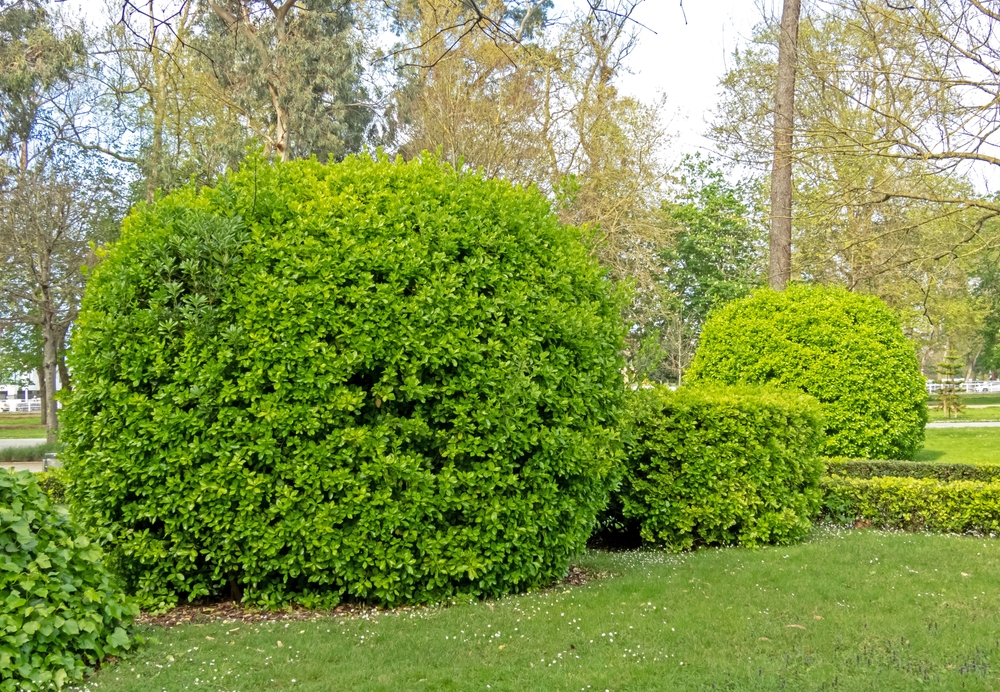
Thick shrubs offer shade and cover for snakes to rest or hunt. When planted close to the ground, they make ideal hiding places. Snakes can move easily through the branches without being seen. Bushes near fences or sheds can create protected travel routes.
Pruning shrubs to lift the branches off the ground removes some of this cover. Keeping them trimmed and spaced apart makes it harder for snakes to hide. Using mulch or gravel beneath shrubs instead of dense groundcover can also help. This keeps the area open and less appealing to them.
Tall Groundcover Plants
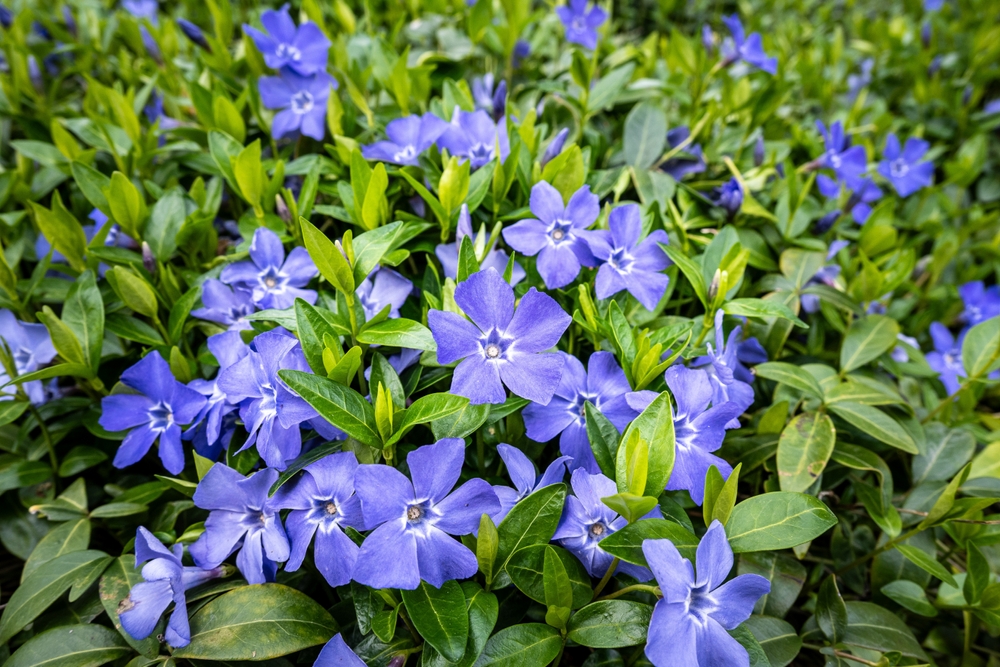
Groundcover plants such as ivy or vinca can form dense mats where snakes hide. The thick foliage stays cool and moist, especially in shaded areas. It also shelters small prey animals. This creates an inviting space for snakes to rest or move through.
Reducing the size of these plant beds can help limit their use as shelter. Choosing lower, less dense groundcover makes it harder for snakes to conceal themselves. Keeping the edges trimmed back from paths and buildings is also helpful. This encourages snakes to stay away from high-traffic areas.
Overripe or Fallen Fruit

Fruit that drops from trees and is left to rot can attract insects and rodents. These pests draw snakes looking for an easy meal. The sweet scent of ripe or decaying fruit can carry far in warm weather. This creates a food chain that keeps snakes nearby.
Collecting fallen fruit quickly helps break this chain. Composting fruit in a sealed bin is safer than leaving it in the open. Trimming fruit trees to reduce excess drops can also help. This keeps both pests and snakes from gathering under the trees.
Standing Water
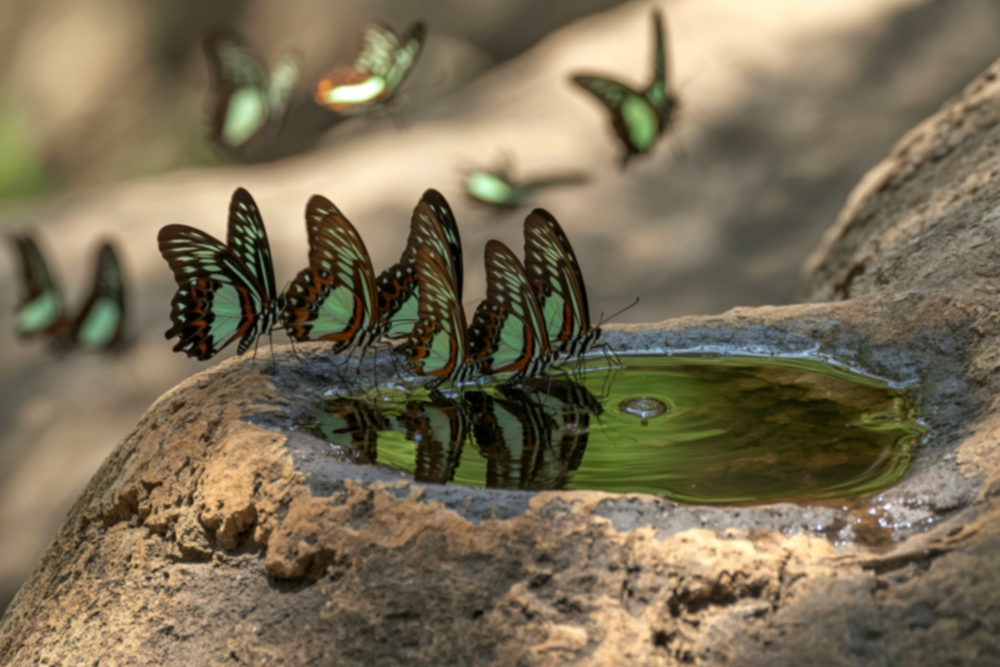
Water left in buckets, birdbaths, or plant saucers can draw both prey and snakes. Frogs, insects, and small animals often gather near water, and snakes follow. In hot weather, these spots can be especially inviting. Even small amounts of water can attract them.
Emptying containers regularly removes this attraction. Replacing birdbath water daily keeps it fresh while discouraging pests. Placing water features away from dense vegetation also helps. This makes it harder for snakes to approach unseen.
Composting Manure
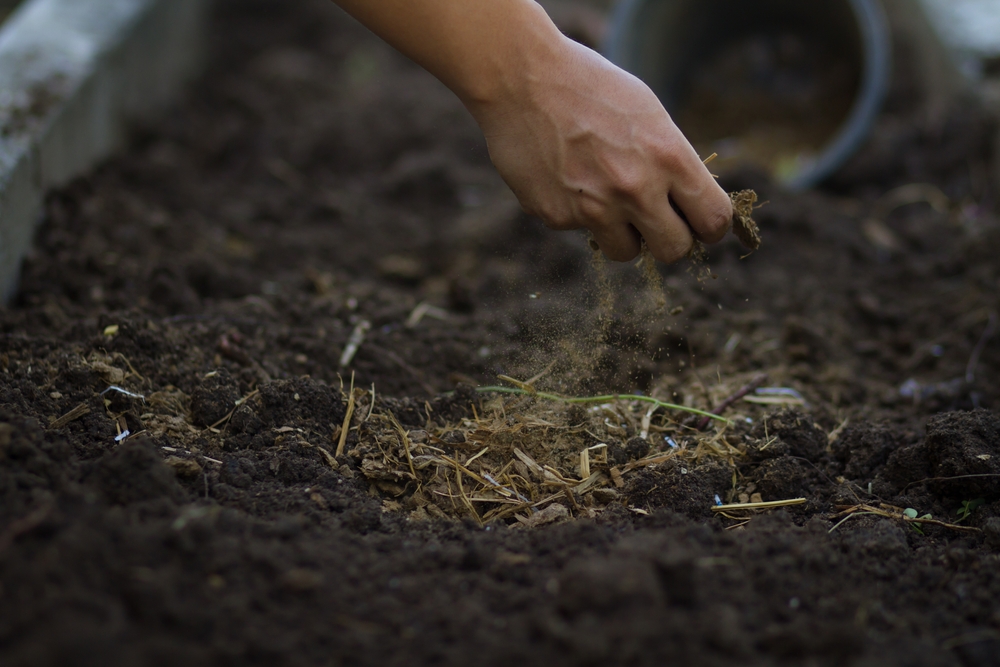
Manure piles, often used in gardens, create heat and attract insects. The warmth and moisture can make them appealing to snakes as shelter. If stored near barns or coops, they may also draw rodents. These conditions together can bring snakes closer to your property.
Storing manure in sealed bins or covered pits reduces this risk. Keeping the area around the pile clean and clear of vegetation is also important. Turning the material regularly helps keep pests away. This simple habit can make a big difference in discouraging snakes.
This article originally appeared on Avocadu.
